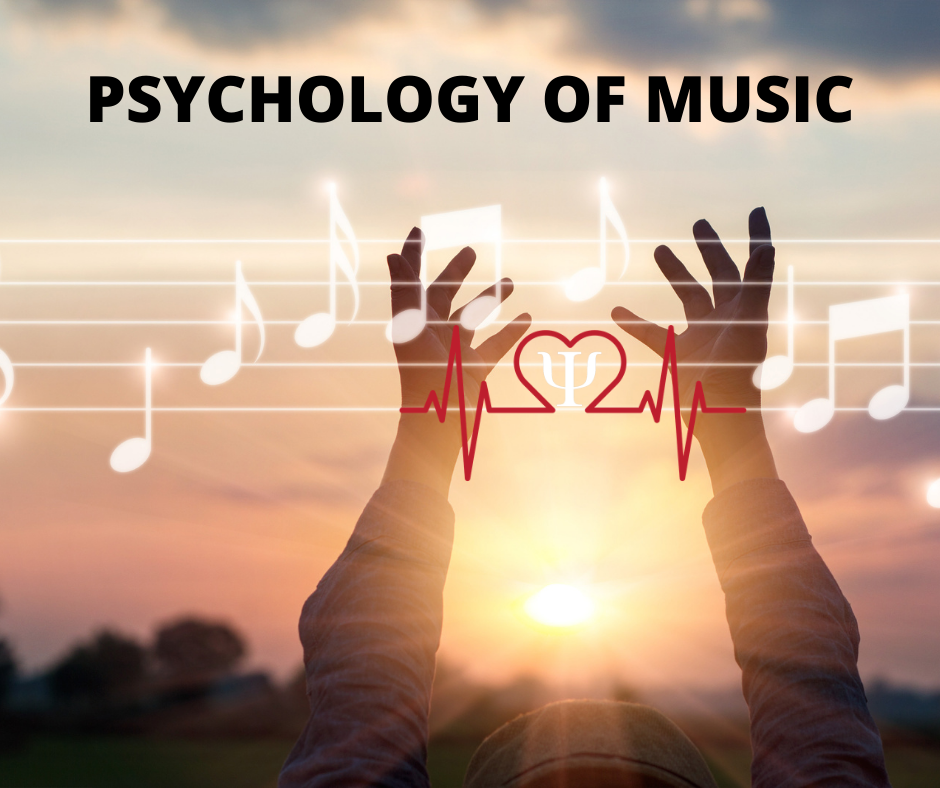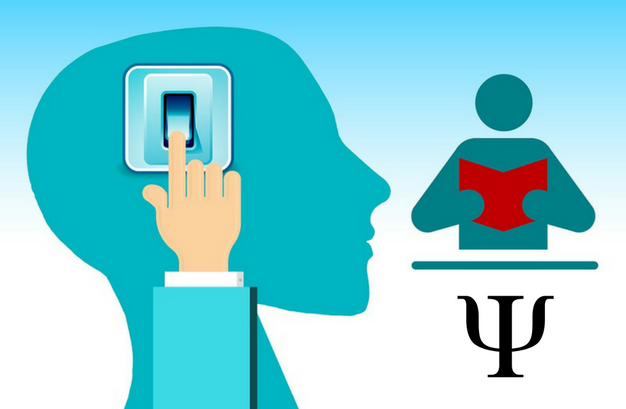Psychology Classics On Amazon

Happy Songs: These Are the Musical
Elements That Make Us Feel Good
The music we listen to can have a profound impact on our mood
Music has a unique power to affect the way people feel and many people use music to enhance or change their mood, channel emotions and for psychological support.
The strong emotional impact of music is derived from its profound physical and psychological effects. For example, listening to relaxing music often has a positive impact on the autonomic nervous system (which regulates many key bodily functions), by slowing breathing, regulating heart rate, lowering blood pressure and reducing muscle tension.
Listening to music also affects us at a deep physiological level, as it has a strong impact on the endocrine system, which is responsible for hormone production.
Music can stimulate the release of the neurotransmitters which affect experiences of pleasure by increasing the production of dopamine (the reward hormone), reducing levels of cortisol (the stress hormone) and increasing salivary immunoglobulin A – an antibody responsible for strengthening the immune system.
Of course, these benefits are only experienced if we listen to music that we enjoy. Familiarity also affects enjoyment, but even new music can stimulate positive physical and psychological responses if it is similar to other music that we like.
Music we don’t like can have a strong adverse effect upon mood and wellbeing. Individual differences mean emotional reactions to songs differ depending on the participant’s preferences and associations they might have with the music. If we don’t like the song (or it brings back negative memories), it won’t make us happy, regardless of the quality.
Creating a personal soundscape
Portable listening devices and music streaming platforms have made it possible to choose from an unprecedented selection of musical styles. People can now listen to their favourite music any time, anywhere.
This means music can be used to create a personal soundscape. This is common when using public transport, for example, as many passengers use headphones to create an individualised sonic environment as a distraction from the less pleasant aspects of travelling on crowded and noisy transport systems.
In a recent survey, 71% of 2,000 participants reported that music was the strongest influence on their mood and almost 75% regularly listened to music to cheer themselves up. In response to these findings, I conducted a review of published research, to find out which musical features tend to be present in “happy” songs.

It should be remembered that musical preferences and expectations are culture dependent. For example, some Asian cultures have different associations between positive/negative emotions and major/minor chords, so western “happy songs” may not be globally interpreted as such.
Within western cultures, there are certain components of popular music which are commonly linked with positive emotions. Music that is perceived as “happy” is usually written in a major key with a bright tone, featuring instruments with a bright timbre, such as trumpets or electric guitars.
“Happy” music usually adds the seventh note of the scale to the main three notes in the chord. This creates a brief feeling of tension – or pleasurable expectation – followed by relief or resolution when the harmonic progression proceeds as our previous listening experience predicts.
For many people, listening to music becomes an immersive flow experience which can distract from everyday concerns. Active musical participation through dancing or singing along brings additional enjoyment.
A simple, consistent rhythm based on two or four beats in a bar increases a song’s “danceability”, while a binary structure – verse-chorus-verse-chorus – helps to establish familiarity so the song quickly becomes “sing-alongable”.
People generally prefer familiar music, or music which quickly becomes memorable. The most enjoyable songs are likely to be those which strike a satisfying balance between predictability and surprise, providing an experience familiar enough to be pleasurable while avoiding being too simplistic or formulaic.
Unexpected changes can intensify emotional responses. Listeners often derive the most pleasure from music when they are fairly sure about what will happen next but then an unexpected chord progression or key change provides a surprise.
Based on previous experiences, listeners develop expectations about a piece of music. While familiar music tends to give the most pleasure, it also needs to contain enough “surprise” elements to retain enough interest to create a state of flow. This explains the use of a bridge or the middle eight (a section which is different from the verse and chorus) in many songs.
Although “happy songs” are usually written in a major key, they sometimes include a section in a minor key to add interest.
Good Vibrations by the Beach Boys begins with a verse in a minor key and then creates a strong emotional uplift as it switches into a bright major key for the chorus.
The speed of happiness
Faster music tends to induce more positive emotions than slower music. Research suggests that music that is perceived as happy is usually performed at a tempo between 140 and 150 beats per minute (BPM). Songs people have said they use to improve their mood include Queen’s Don’t Stop Me Now at 156 BPM.
Tempo is a confounding variable because faster music increases arousal/excitement, but this may not always be associated with happiness. There may also be age-related differences in interpretation.
What is certain is that music can have a profound effect on our sense of wellbeing. Just stick on James Brown’s I Got You (or whatever might tempt you to do a happy dance) and start to feel good.![]()
Michael Bonshor, Course Director, Music Psychology in Education, Performance and Wellbeing, University of Sheffield
This article is republished from The Conversation under a Creative Commons license. Read the original article.
Music Psychology
See following link to learn all about the psychology of music.
Really hope you enjoyed reading Happy Songs: These Are the Musical Elements That Make Us Feel Good. Want to read more great articles?
See following link to check out a fascinating collection of psychology articles by leading academics and researchers.
This Psychology Symbol - Vintage Retro Striped Sunset T-Shirt is available from Amazon (prime eligible) in a range of colors for women and men. Sales help support this website, which has been providing free and comprehensive information and resources for psychology students and educators since 2008.
Recent Articles
-
Hyper-Meaning Generation: How Overstimulation Breaks the Modern Mind
Nov 16, 25 06:55 AM
What is hyper-meaning generation? A psychology-based explanation of how overstimulation, dopamine overload, and digital chaos fracture identity and destabilise the mind. -
Work Burnout: What It Really Is, What Causes It, and How to Prevent It
Nov 15, 25 07:39 AM
Work burnout is real and widely misunderstood. Learn what work burnout actually means, what causes it, and how to prevent it with evidence-based psychology. -
Digital Hoarding: What It Is, Why It Happens, and How to Manage It
Nov 13, 25 07:26 AM
Digital hoarding explains why people struggle to delete photos, files, or emails. Learn what drives it, how it relates to OCD, and how to manage it.
Know someone who would love to read Happy Songs: These Are the Musical Elements That Make Us Feel Good Share this page with them.
Please help support this website by visiting the All About Psychology Amazon Store to check out an awesome collection of psychology books, gifts and T-shirts.
Go From Happy Songs: These Are the Musical Elements That Make Us Feel Good Back To The Home Page








